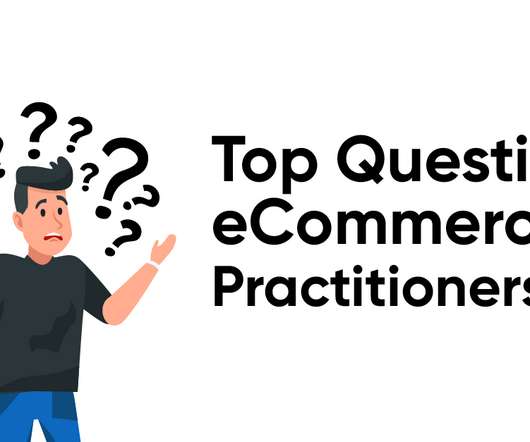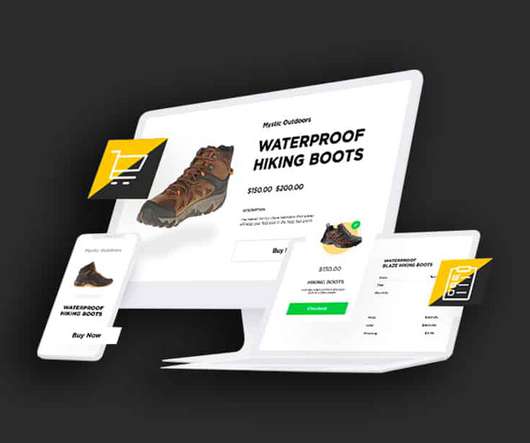How B2B Companies are Preparing For an Economic Downturn
Kibo
SEPTEMBER 30, 2022
Disruptive supply chains, high inflation, and a looming recession are just some of the hurdles on the horizons of B2B companies. It’s clear that B2B businesses have a complex landscape to navigate. How will the economic downturn impact B2B companies? How will B2B buying habits shift?
















Let's personalize your content